The Missing Piece: Suspension Losses

How does it work that wide tires are as fast as narrow ones? It is really simple:
Comfort = Speed
When your bike vibrates, energy is dissipated as friction. That energy must come from somewhere – it no longer is available to propel the bike forward, so your bike slows down. That is why your bike rolls faster on smooth pavement than on rough chipseal.
At Bicycle Quarterly, we started testing tires on real roads, with a real rider, in 2006. We found that higher tire pressures don’t make your bike faster. Back then, that was pretty revolutionary. Previous tests on smooth drums had shown that the harder you pumped up your tires, the faster you went. But smooth steel drums aren’t a good model for what happens on real roads, and the results were misleading.
Over the last couple of years, our findings have become generally accepted. Most tech writers now talk about vibrations that slow down your bike. The missing piece is: How do vibrations slow you down? The most common explanation is that your bike goes up and down as it vibrates. All that climbing adds up and costs a lot of energy.
It’s true that vibrations slow you down, but it’s a bit more complicated. Energy cannot disappear. The only way to ‘lose’ energy is to convert it to heat through friction. When you climb a mountain pass, you put in energy as you gain elevation. As you descend on the other side, you get some of it back – you can coast downhill without pedaling – but most of it is converted to heat by your wind resistance. During the descent, your bike accelerates until you reach ‘terminal velocity,’ where the energy input from the elevation loss equals the energy consumed by wind resistance.
That explains where the energy goes when you cross a mountain pass. It cannot explain what happens when your bike vibrates on flat roads.
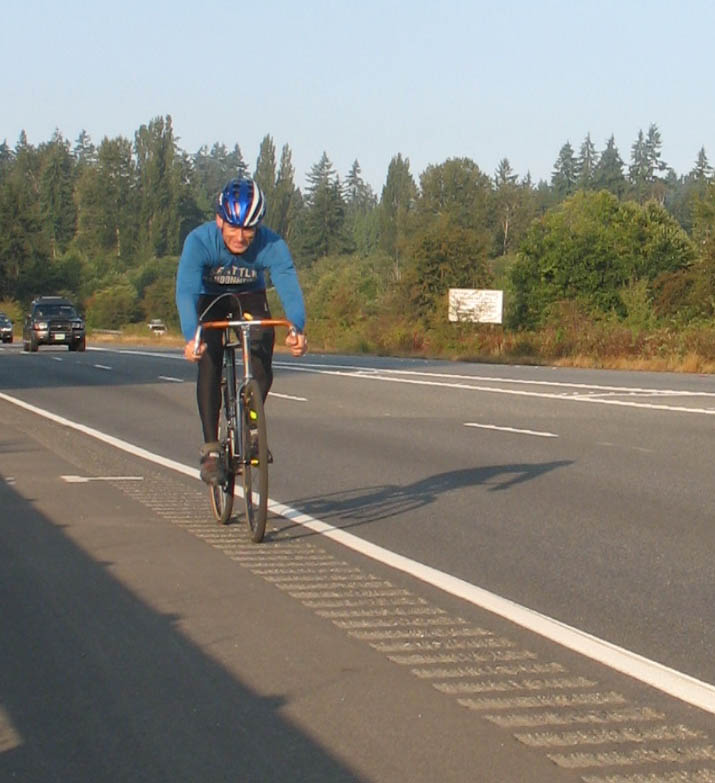
We tested various equipment on rumble strips to get a maximum value for the energy that is lost to vibrations. We found that riding on this “very rough” road can take up to 290 Watt more power than riding on smooth pavement at the same speed. So it’s true, vibrations can absorb a huge amount of energy. It was almost impossible to keep the bike moving at our testing speed on the “very rough” road. (Of course, in real life, you don’t ride on rumble strips, but the point was to see how much energy could be lost just by changing the surface roughness, and keeping everything else the same.)
Since we were going at the same speed as on the smooth pavement, our wind resistance was the same, and yet we had to push the pedals with 290 Watts more. So where did all the energy go?

A little bit went into heating the tire as it flexes, but pneumatic tires don’t absorb much energy even when they bounce. Think of a basketball. When you drop it, it bounces back almost as high as before. Very little energy is lost, even though it deflects as it hits the ground. As the basketball hits the ground, it compresses and becomes an air spring. Then it stops, before it starts accelerating upward again. The ‘spring’ in the ball returns most of the energy, and the ball bounces almost as high as it did with the last bounce.
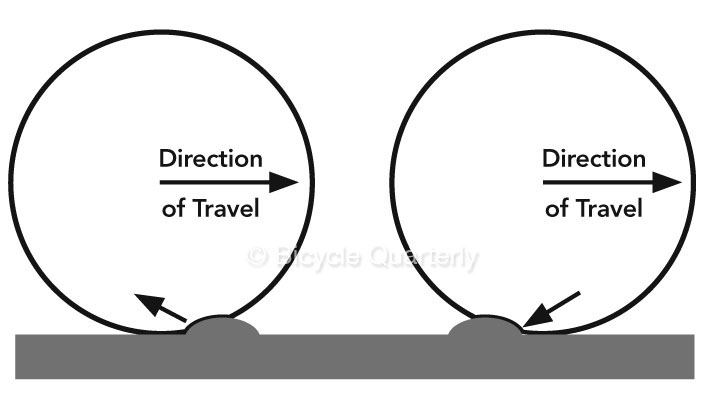
Tires work the same way. When a tire hits a bump (left), it deforms (arrow). Energy is stored – the tire becomes a compressed spring. On the other side of the bump (right), the energy is released, pushing the tire off the bump. The net loss of energy is small.
If the energy isn’t lost in the tire, then where does it go?
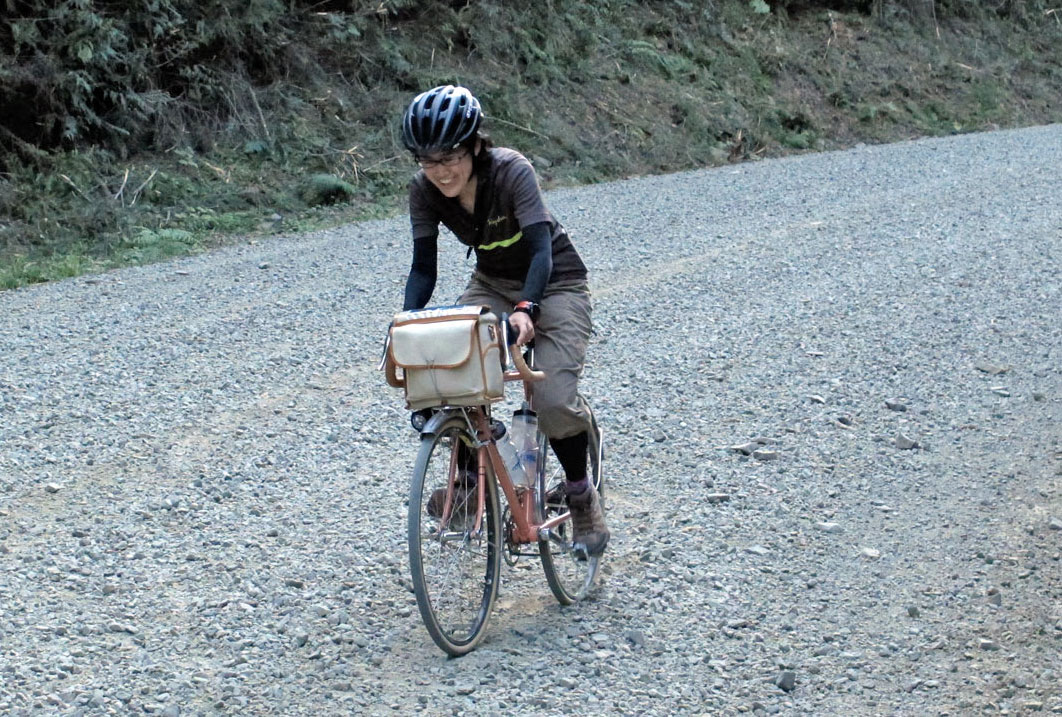
The answer is simple: As the rider’s body vibrates, the tissues (muscles, tendons, skin, etc.) rub against each other. This can convert an enormous amount of energy into heat. How much? In a study of vibrating tank seats, the U.S. Army found that up to 2000 Watt were absorbed by a human body before the vibrations became too painful to endure. The discomfort was directly proportional to the energy loss.
2000 Watt! That is more than the power output of a pro racer. Clearly, a lot of energy can be lost due to these vibrations. The technical term for this is “suspension loss”. It also occurs in shock absorbers of cars – rally cars’ shock absorbers absorb so much energy that they get hot – so hot that they need dedicated cooling.
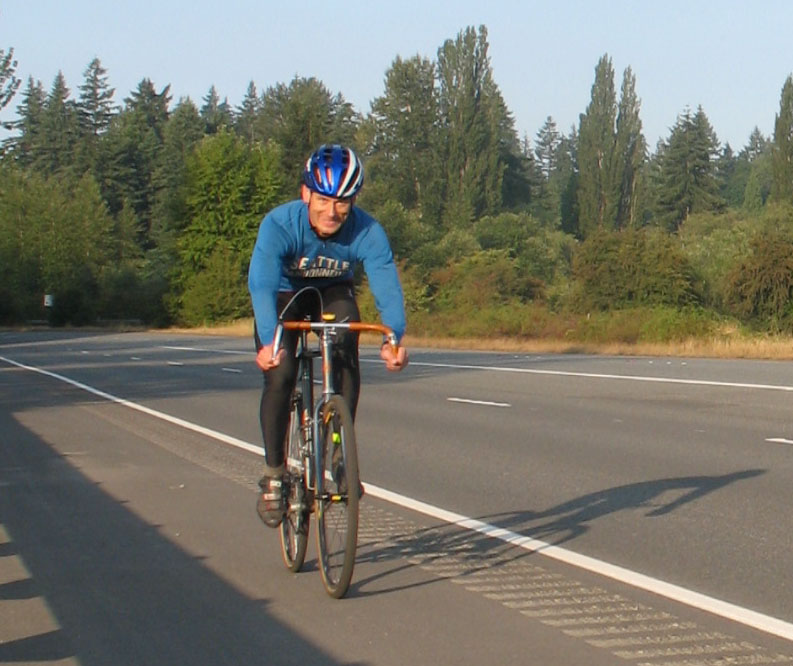
So that’s where those 290 watts went when I rode on the rumble strips. What this means for cyclists is simple: If your bike’s vibrations are uncomfortable, it’s because energy is converted into heat, inside your body. After riding for 15 miles on the rumble strips, I could feel it – my whole body was sore and warm from all that vibration.
The energy that heats your body is lost from the forward motion of the bike. As far as vibrations are concerned, being uncomfortable slows you down. Or seen the other way around, the more comfortable your bike is, the less power goes to suspension losses, and the more power is available to drive it forward:
Comfort = Speed
It really is that simple. And it’s revolutionized how we think about bikes: Wide, supple tires are faster because they vibrate less. Fork blades that absorb road shocks – even suspension forks – are faster, not just on rough roads, but even on relatively smooth roads, because they reduce vibrations.
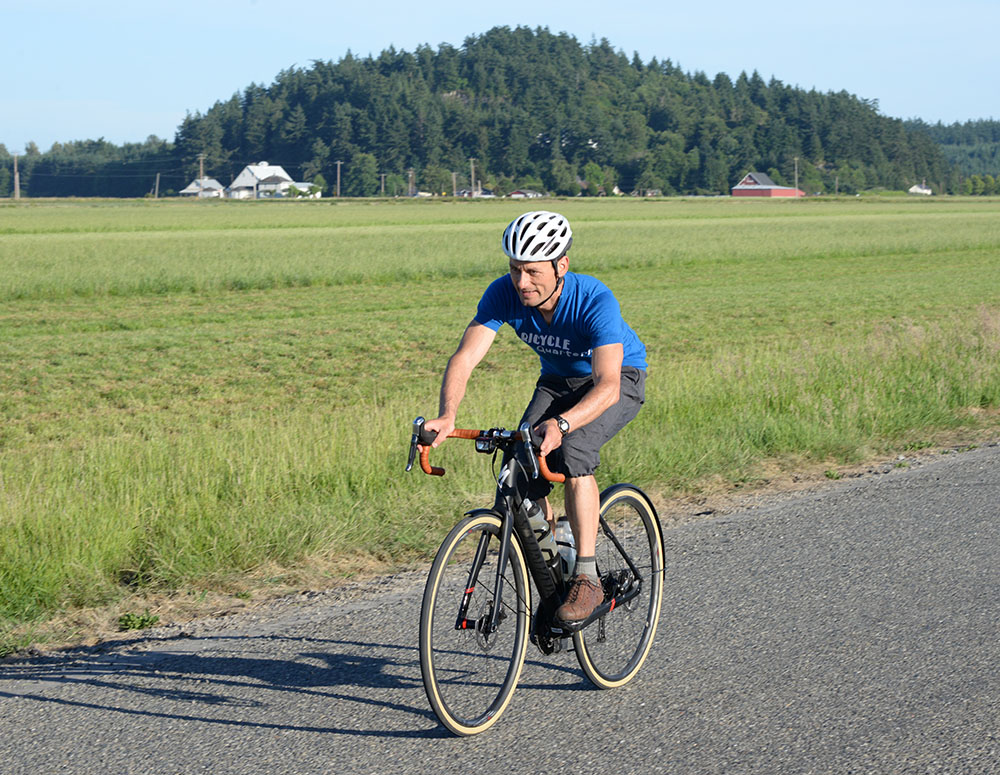 ‘
‘
This means that the biggest improvement in your bike’s performance comes from a set of wide, supple tires. “Supple” means that the casing is thin and easy to flex. This has two benefits:
- Supple tires are easy to flex, so they transmit fewer vibrations (lower suspension losses). That is Reason 1 why they are faster.
- Supple tires are easy to flex, so it takes less energy as they deform them as they rotate (lower hysteretic losses in the tire casing itself). Reason 2 why they are faster.
Wide tires also transmit fewer vibrations, which makes them faster than narrower ones.
Our testing shows that supple casings are more important than width. A supple 26 mm tire is much faster (and more comfortable) than a stiff 38 mm “touring” tire. Of course, ideally, you’ll get it all – a wide and supple tire.
This research led us to develop our Rene Herse tires. While quite a few makers offered supple racing tires in widths up to 25 mm, there weren’t (and still aren’t) many great high-performance tires in wider widths.
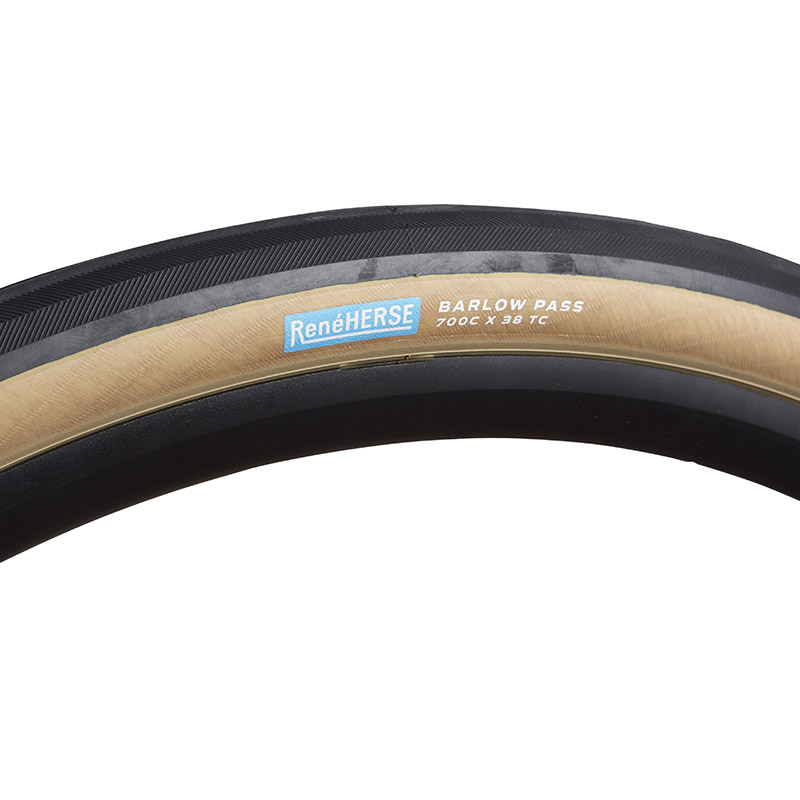
For our Extralight series, we use a casing that usually is reserved for high-end, hand-made racing tubulars. On top goes a layer of extra-grippy, yet long-wearing, rubber with our trademark tread pattern that interlocks with the road surface for extra grip. The result are our Rene Herse tires – available in widths from 26 mm to 55 mm.
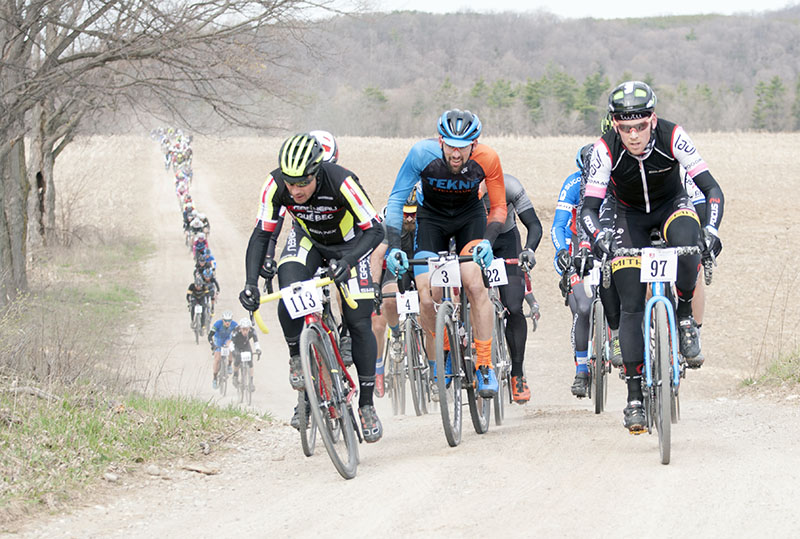
Before releasing these tires in 2014, we tested them extensively on some of the roughest gravel roads to ensure they were durable enough for real-world riding. Since then, they’ve proven themselves in gravel races, but also on paved courses like Paris-Brest-Paris. They even took second place in the Washington State Road Racing Championships. The riders who use them are our best advertisers, recommending them to everybody who is willing to listen. We rarely advertise – instead, we focus on new research that will improve our products even further.
Further reading:
Photo credit (gravel racing): Chyla’s Race Photos.


